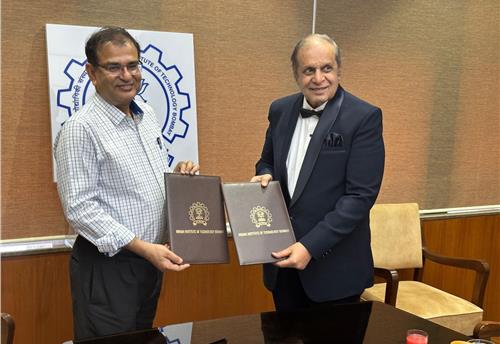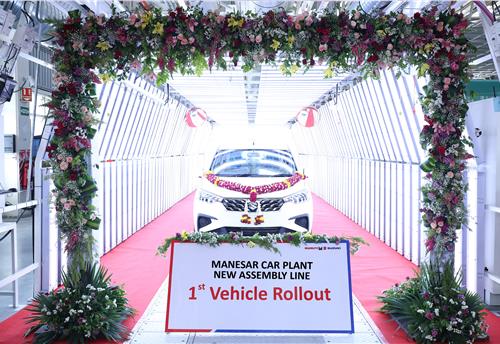Altair and ARAI conduct product validation enhancement symposium
Product design and validation solutions provider Altair conducts workshop in association with ARAI to shed light on the conjoint benefits of virtual and physical validations, which could be brought together to cut down on the cycle times for product development.
The company, in 1989, introduced the HyperMesh software tool, which could be considered to be the birth of Altair in the true sense, giving it fast acceptability and recognition in finite element modeling across OEs around the world.
Being in the business for quite some time since 1985, Altair also recently became public and went for an IPO to get listed on the NASDAQ in October 2017. It closed FY2016 with US$ 323mn in revenues.
Some of the newer set of solutions include Altair's SolidThinking software tool, which provides options of topology optimisation, along with the ability to do manufacturing checks, which aim to give a lot of power to the designers, in order to do a real-time check of design feasibility in real world.
Compose, on the other hand, is a numerical computing tool, which combines math with CAE models, and with the rapid multiplication of electronic architecture with EVs, the software is set to play a major role in the future as EV development signifies.
The symposium, held on February 12 in the national capital region, revolved around durability testing in both in-situ and virtual means, and gave good insight into how virtual simulations and good old physical testing can attain a common ground to make for quicker results, with more accuracy.
What is durability?
Durability could be defined as the ability to withstand large amounts of loads and to be able to last longer under persistent pressures. In today's day and age, durability becomes extremely relevant when it comes to tough competition in the market, where the products need to be differentiated on crucial aspects like build quality and being abuse friendly.
“While a design could be from an engineering perspective, durability is of utmost importance to support a design and make it survive in the real world”, says R Srikanth, senior director, Altair Engineering India.
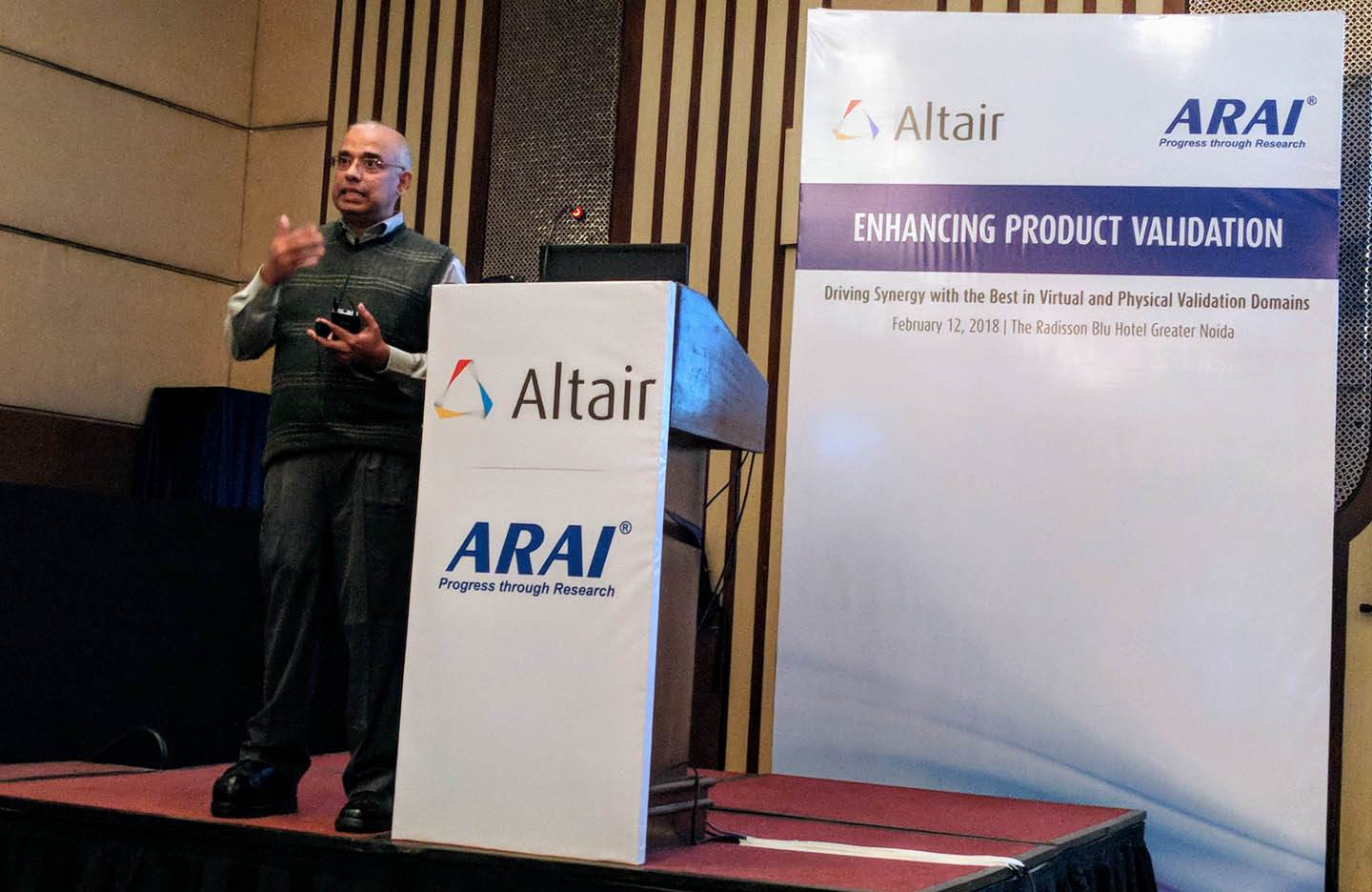
“What started with durability testing on roads and later moving to test labs, today such validations are being done virtually in software. Altair is continuously striving to make things more efficient and faster, so as to enable quick decision making and indirectly, speedy product development.”
“While OEs used to study 1mn cycles of testing earlier, the heat of the competition has led to finite life being prefered in the range of 200,000-300,000 cycles, to lower costs as well as reduce the time to market”, he mentioned through his presentation.
Moreover, the parameters which are ready to disrupt the automotive space in the near future, including hybridisation, electrification and use of new materials like Aluminium, adhesives instead of welds, are also all set to bring a big challenge for durability testing.
“And, there lies the need to use virtual durability testing to speed up product development times.”
“Post-launch concerns like critical part failure are also extremely important from a durability perspective as it is a safety issue. Thus, there has to be a right balance between physical and virtual validation to ensure top-notch product durability”, he added.
Catering to that need, Altair brings a host of solutions to the table, for instance, the OptiStruct for vibrational analysis and structural strength, and HyperStudy which allows approximations, optimisation and stochastic studies.
Durability testing: the SOP
Durability testing process basically includes subjecting a part to fluctuating loads for prolonged durations, in order to assess its limits. What makes the study rather realistic is the plot of the S-N curve, which shows the stress to the number of cycles and gives a clear analysis of a component’s performance.
“In case of finite life durability checks, test engineers usually need good amount of material data to take critical decisions. With our HyperStudy, OptiStruct and Activate tools, we help them tune and calibrate material properties while undertaking finite durability testing and thus bring synergy between physical and virtual validations.”
Fatigue assessment is also critical for durability analysis and there are many common mistakes which can be avoided in virtual simulations, rather than during physical tests.
Citing a few examples, Srikanth mentioned that starting from component durability analysis including suspension bits such as coil springs, leaf springs, and steering knuckles, the correlation between physical and virtual durability analysis has also helped in pre-launch supplier testing as well as bringing in cost efficiencies (VA/VE).
“There is need of multi-disciplinary parameters which are required during durability tests, thus making the procedure pretty complex and crucial to prevent any post launch market failure. The software tools also take into account the manufacturing ability of the design and hence, make it suitable for real world applications.”
“Lightweighting and part count reduction is also critical to bring down vehicle weight as well as increase process efficiencies while keeping in check the durability requirements, and this is another of the key focus areas, which the Altair's simulation solutions take into consideration”, Srikanth mentioned.
HyperLife next in pipeline
The company is also working on a completely new product to aid the fatigue testers’ fraternity. “It gives out all the information that is needed to carry out fatigue analysis studies. The software will boast of easy user interface as well as come in a basic and advanced user iterations," added Srikanth.
Durability testing at ARAI
Representing ARAI at the symposium, Mangesh Saraf, senior deputy director, ARAI, who also heads the structural dynamic lab and centre of materials inside the test agency, gave a brief overview of ARAI’s capabilities. “Our establishment in Pune today boasts 12 laboratories including a powertrain lab, CAE lab, and the recently set up technology centre. The CAE lab has seen its journey using Altair's platforms for considerable amount of time and ARAI, over the 50 years of being into service, has invested over US$ 66mn to stay abreast with the updates in technology in the automotive space.”
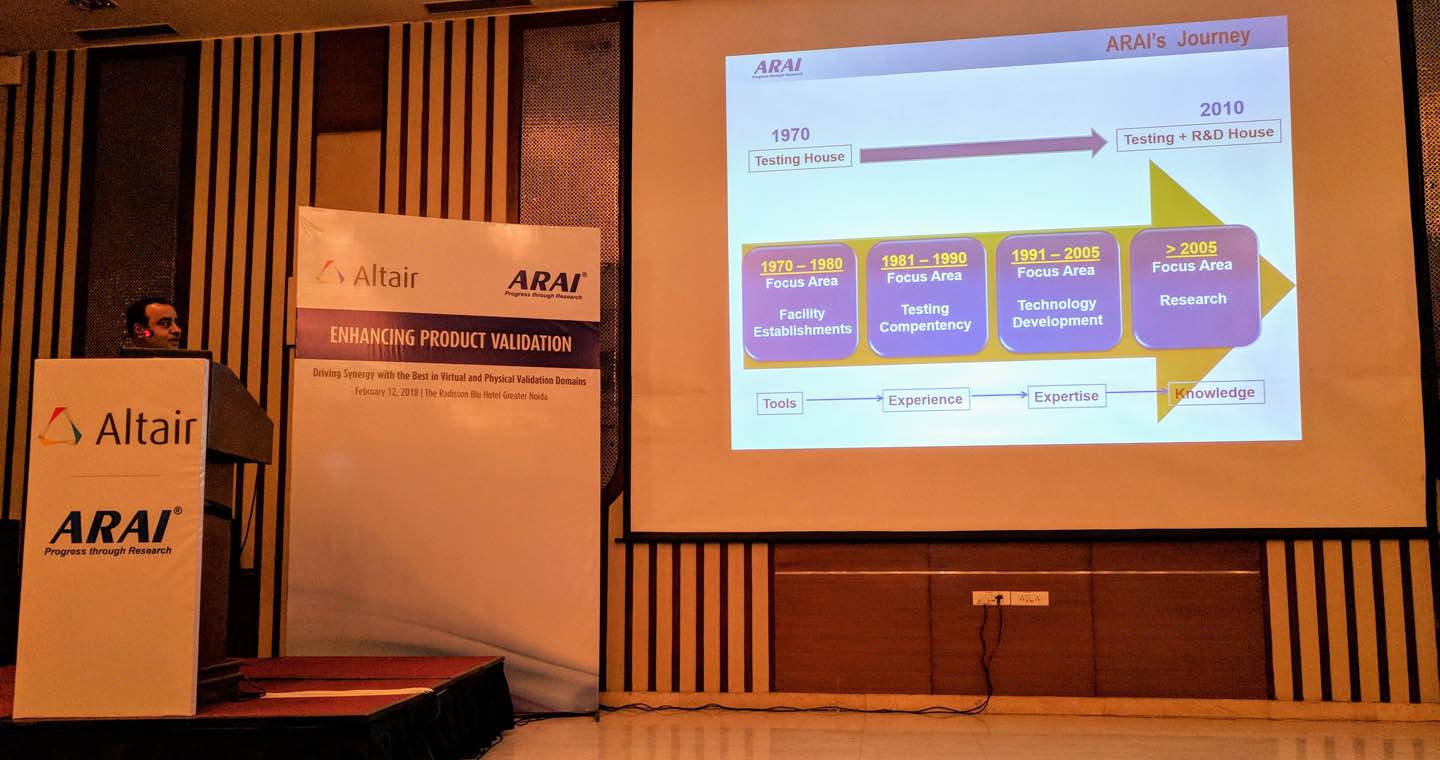
ARAI's senior deputy director, Mangesh Saraf gives an overview of the research agency's progress over the last 50 years.
“Being in related but still at the opposite ends of the spectrum of the research and development space, ARAI and Altair's collaboration is going to be very beneficial in taking up the challenges of the future in the automotive sector,” said Saraf.
“The structural dynamics lab (SDL) at ARAI helps in durability and fatigue testing as well as its validation. Along with this, the newly set up centre of excellence aids in material composition to conduct four poster fatigue testing”, he added.
ARAI is also helping OEs optimise vehicles for Indian usage, as well as, in the development of light weight vehicles as emission norms get stricter by the day. “Vehicle testing at ARAI is concurrent to development being done at the OE’s research centre.”
A humoungous amount of 2D and 3D vehicle data is collected during the physical tests by mounting transponders on to the vehicles. The SDL toolkits, which aid in gathering this data include instrument toolkit, data analysis toolkit, software toolkit and multi-axis simulator toolkit among others.
“Over time, ARAI has evolved from having just a single-axis lab simulator in the 1980s, to getting multi-axis simulators in 2010. Over 160,000 components have been tested at ARAI for their durability and we have collected mammoth amount of data from vehicles, which have been tested on simulators inside the labs for over 60,000 hours, translating into 120mn kilometres of on-road testing”, Saraf said.
“In terms of durability analysis, there have been over 10,000 product failure analysis been carried out. With tough competition from the virtual systems providers, ARAI had to move from 230LPM single-channel controller in 1987 to 4,500LPM 24-channel controller for precise durability testing in 2016, so as to staying relevant in the testing and validation space and offer finer benefits over virtual simulation.”
“CAE environment is not sufficient alone and needs to be validated with physical testing. That is where mechanical hardware in loop (mHIL) testing comes into the picture, where a physical four poster test can help in developing and testing product components by overlapping real world data derived from physical tests onto virtual simulations,” he mentioned.
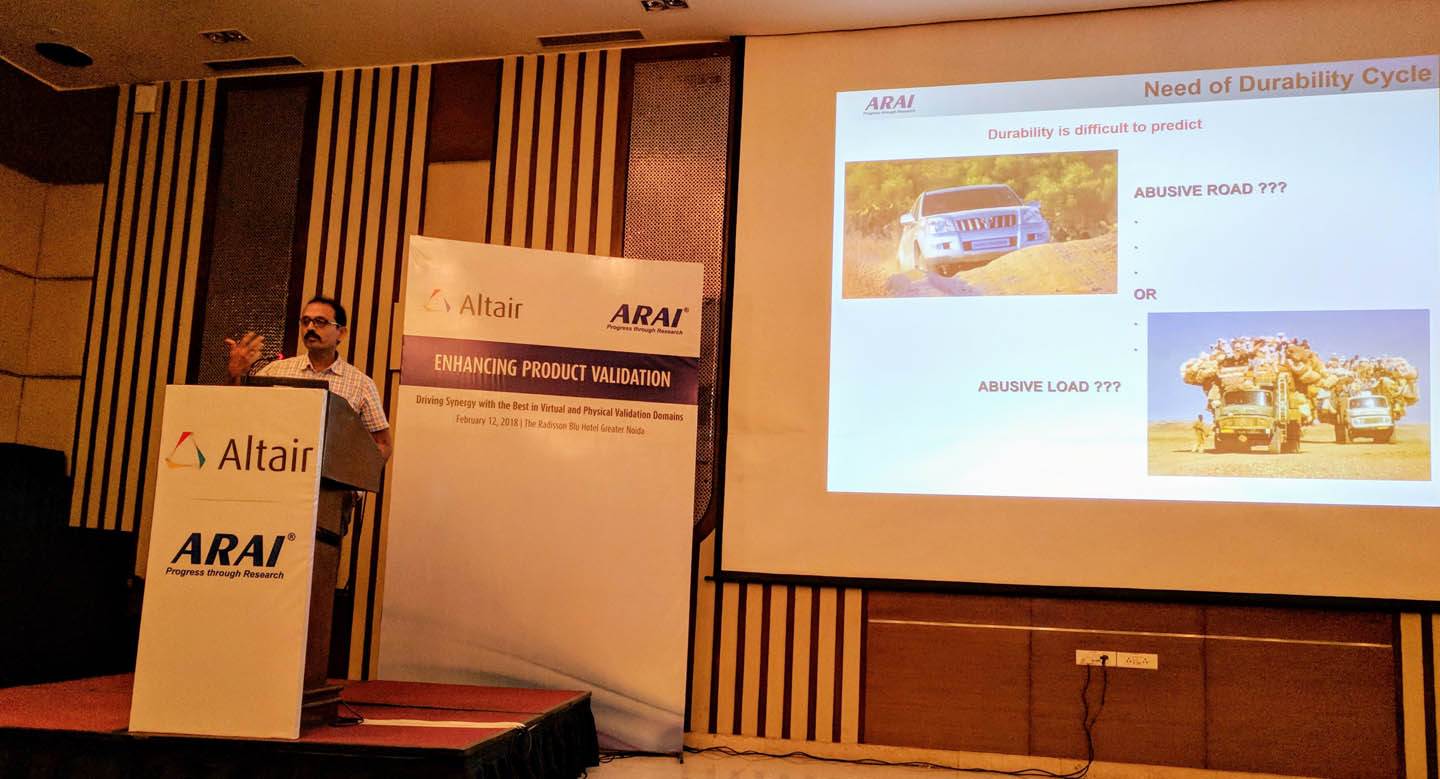
ARAI's Prashant Pawar stressed the need to clearly define a customer usage pattern in order to develop a durable product.
According to Prashant Pawar, deputy general manager, Product Durability Simulation & Validation, ARAI, “Durability evaluation of vehicles by physical tests is deemed necessary so as to be ready for any beating the vehicle may be put through by the end customers in the real world. OEs constantly look for solutions to speed up the vehicle testing process.”
“By bringing the testing to the lab from the road, the time has reduced from six months to two months. And now, amalgamating it with software, it has been reduced to just a couple of weeks”, he said.
Durability assessment process
“The first thing to do to achieve better durability is to define customer profiles and consider customer requirements into product design by taking guesswork and worst case scenarios into account to evaluate products for durability.”
“Customer usage patterns need to objectively define vehicle use. We have done a subjective interview of over 40,000 people from around 60 cities in the country to gauge customer usage pattern in a better way,” mentioned Pawar.

Road field load data acquisition looks for key component performance parameters under varying conditions.
It is only once the customer usage pattern is defined, the transition to the next step, which is the road field load data acquisition (RFLDA) comes into play. “Post acquiring the data, then the task is to bring it to the lab and synthesize it into concentrated form to make it easier to handle. This can be done by single or multi-axis simulators, which provide up to 6 degrees of freedom and can go up to a 100Hz”, he said.
“Moreover, integrated durability testing allows for merging of physical and analytical methods and uses data which is vehicle agnostic. Road profile and roughness is also brought into context to increase accuracy in component durability testing. An extensive 3D road profiling is done at ARAI, which is achieved by using LiDAR devices that scan over 1mn points per second and beam out vehicle independent road profile data”, he added.
Hybrid system response convergence (HSRC) is another process, wherein the data generated from virtual testing is fed to the rigs which are parallely running in real-time. This leads to a rather low dependency only on virtual systems and thus, combines the two in order to carry out vehicle durability testing in a holistic manner.
Lab simulation done for 150 hours is equivalent to 400,000km of physical testing on the road. While lab testing offers good repeatability, computer simulation offers fast and cost effective testing and validation. A good balance of both is what promises to offer a comprehensive solution set for product validations in a rapidly transforming sector.
RELATED ARTICLES
Bosch hydrogen engine tech-powered truck to be on Indian roads this year
The global supplier of technology and services is betting big on both electromobility and hydrogen. While announcing the...
IIT Bombay inaugurates Arun Firodia Research Floor
IIT Bombay, one of India’s top technical and research institutions, honours Kinetic Group chairman Dr Arun Firodia, one ...
Maruti Suzuki expands capacity at Manesar plant by additional 100,000 units
New assembly line at Plant A expands total manufacturing capacity at the Manesar plants to 900,000 units per annum. Alon...





 18 Feb 2018
18 Feb 2018
 10085 Views
10085 Views



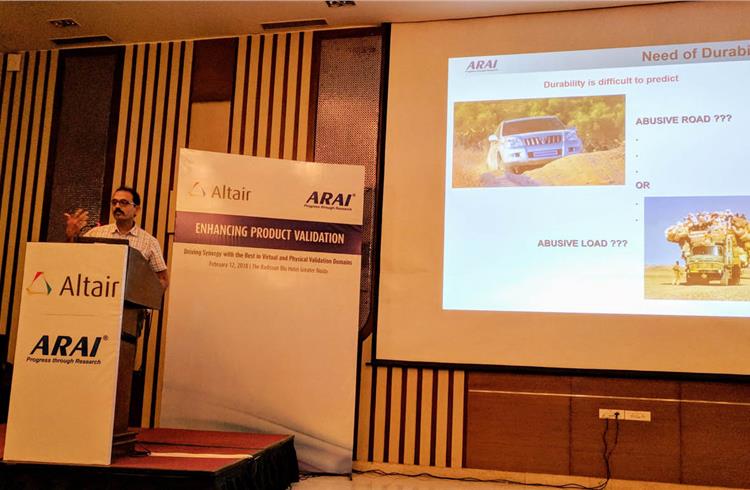


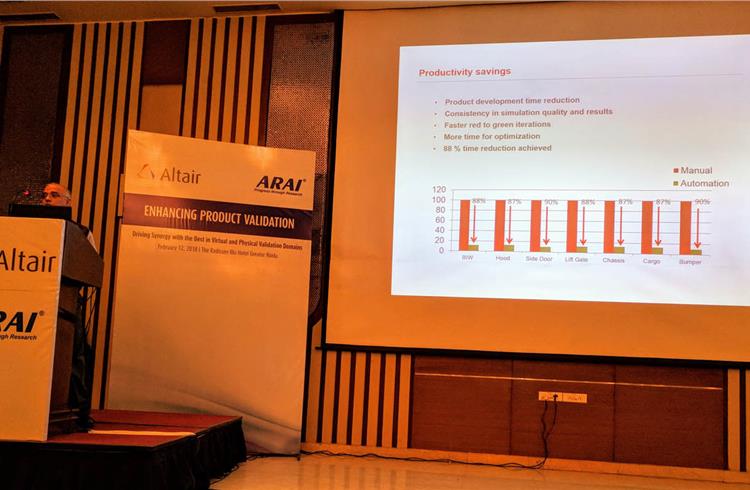
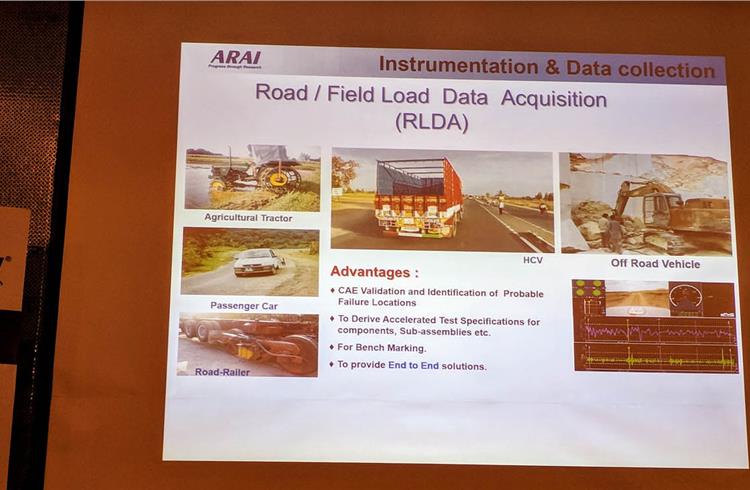
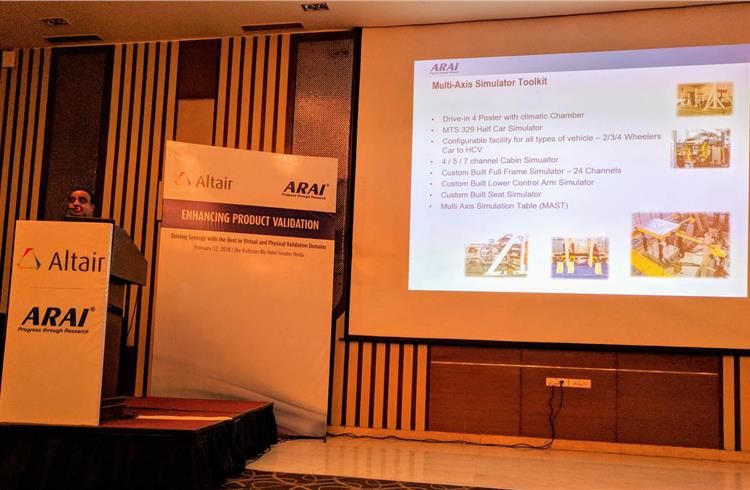

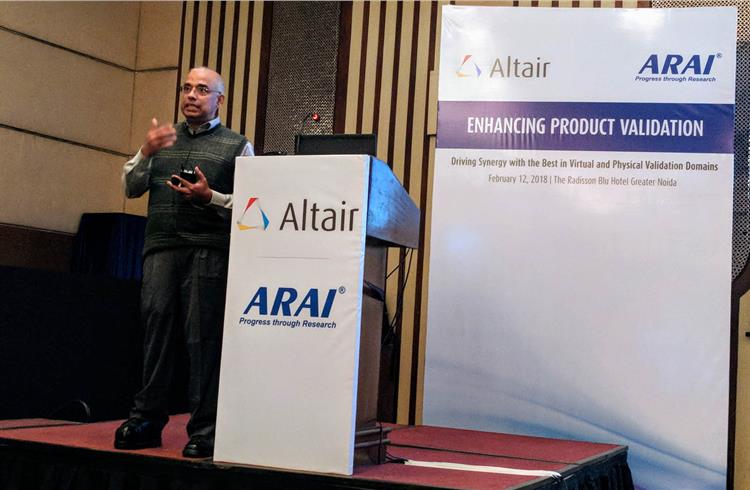
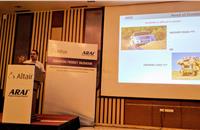
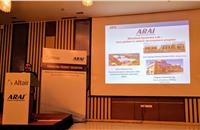
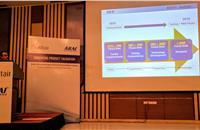
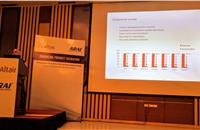
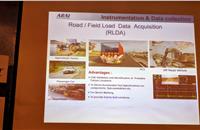
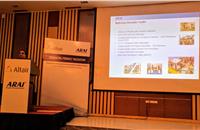
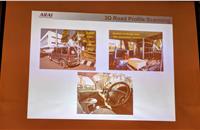

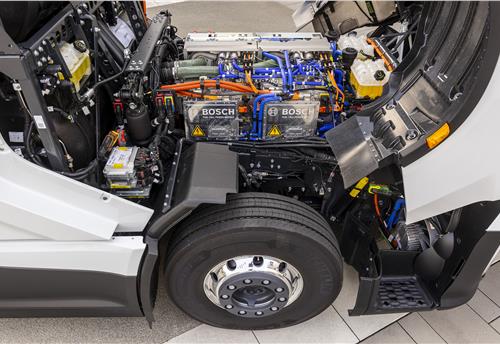
 Autocar Pro News Desk
Autocar Pro News Desk

